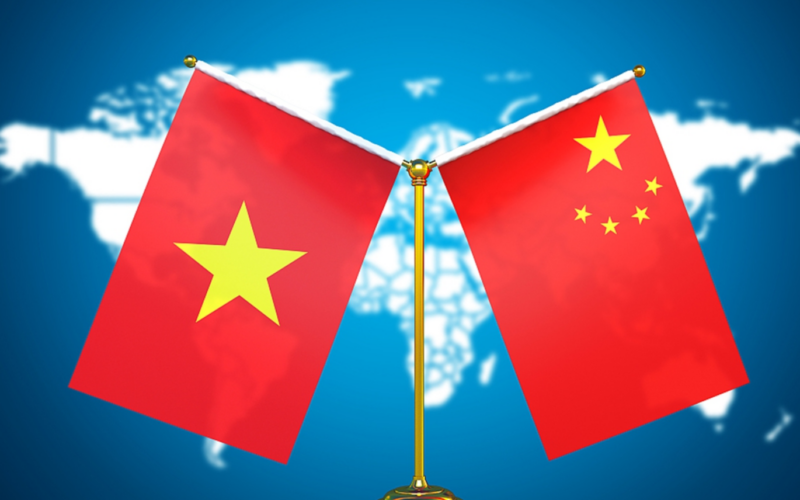In a significant diplomatic development, Vietnam and China recently concluded a series of agreements, including a 16-page joint declaration and 36 cooperation documents, spanning various crucial sectors such as infrastructure, trade, and security. President Xi Jinping’s visit to Hanoi marked the signing of these pacts, underscoring the deepening ties between the two nations. While half of the agreements are non-binding, their contents remain undisclosed, with a focus on areas like rail links, defense, digital cooperation, and trade.
Several Memorandums of Understanding (MoUs) were signed to strengthen Vietnam-China railway cooperation, aid cross-border railway development, and jointly construct a new bridge across the Red River, connecting Vietnam’s Lao Cai province and China’s Yunnan province. The joint commitment also highlighted the construction of interoperable railways connecting China to the northern Vietnamese port of Haiphong.
The bilateral agreements extended to defense and security cooperation, emphasizing joint naval patrols in the Gulf of Tonkin. An additional agreement established a hotline between Vietnam’s agriculture ministry and China’s coastguard to address unexpected incidents related to Vietnam’s fisheries activities in the South China Sea. Other significant pacts included agreements on the extradition of prisoners and individuals convicted of crimes, joint search-and-rescue operations at sea, and a commitment to enhance security and intelligence cooperation against “hostile forces.”
Recognizing the importance of the digital landscape, MoUs were signed to facilitate cooperation and investment in the digital economy and data sectors. Another MoU focused on collaboration in telecommunications, information technology, communications, and digital transformation, highlighting the growing significance of technological advancements in bilateral relations.
The economic dimension of the agreements was prominent, with MoUs addressing development cooperation, the implementation of the Global Development Initiative to foster global economic growth, and promoting investment cooperation in green development. Action plans until 2026 were outlined to implement previous MoUs, specifically between Vietnam and China’s Yunnan province and Guangxi autonomous region, to enhance economic and trade cooperation. The joint statement emphasized a commitment to develop an economic zone aimed at boosting trade and investment between the two nations.
President Xi’s visit to Hanoi showcased the multifaceted nature of Vietnam-China relations, extending beyond geopolitical considerations to encompass crucial areas such as infrastructure, defense, technology, and trade. While some details of the agreements remain undisclosed, the comprehensive nature of the pacts signals a commitment to deepening collaboration and fostering mutual growth. As these agreements unfold, they are likely to shape the trajectory of the Vietnam-China relationship in the coming years.








